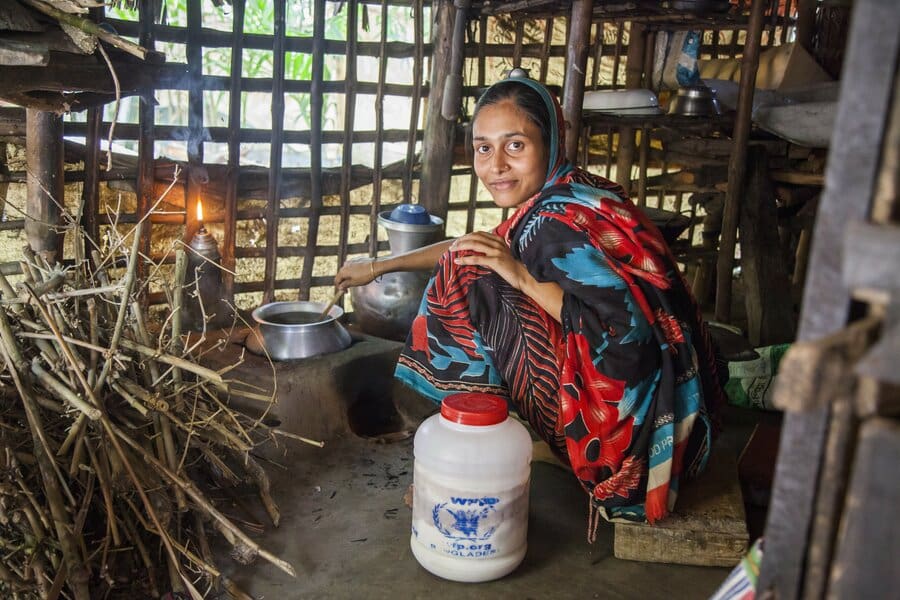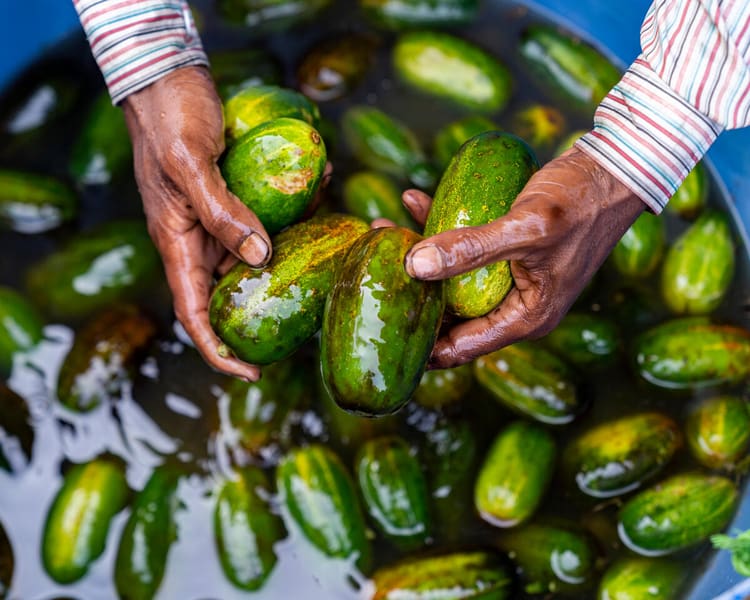Top Nutrition Myths Debunked: Is There One Food To Guarantee Health and Do Men Need More Nutrients Than Women?

While the occasional sweet treat is nutritionist approved, misconceptions around healthy diets can keep our hands out of the cookie jar and searching instead for one, single food that guarantees good health.
On National Chocolate Chip Cookie Day, take a look at the top three nutrition myths and learn how the United Nations World Food Programme (WFP) is separating fact from fiction when it comes to diets.
Three Key Myths About Nutrition
1) One of the top nutrition myths is the notion that there is one, single food that can guarantee good health. From garlic to lemons and bananas to avocados, myths swirl across the digital media space claiming such foods can protect people entirely from disease.
The truth is: A healthy diet is composed of a variety of foods from different food groups. People need a mix of:
- staple foods, like rice, pasta, grains and potatoes
- fruits and vegetables
- and protein sources, such as lentils.
The requirements for a healthy diet vary depending on age, gender, exercise level and the environment where people live (whether they are in cold or hot climates). It’s important to remember a healthy diet is a well-balanced one.

A boy in Akçakale camp, Sanliurfa Province, Syria.
2) In some of the countries the U.N. World Food Programme works in, a common myth is that men by default have higher nutrient needs than women. This misconception often results in women eating last and least, especially in times of crisis.
A pregnant or breastfeeding adolescent girl actually has the greatest nutrient needs in a family. Failing to meet these needs comes at a very high price —it affects both the adolescent girl, whose body may still be growing, as well as her child’s physical and mental development.

Nargis Sultana prepares a meal for her child with a supplementary ration in Bangladesh.
3) Finally, there is the misconception that nutrition issues affect only people in low- and middle-income countries. Every country in the world is affected by at least one form of malnutrition. For example, micronutrient deficiencies — also known as ‘hidden hunger’ — affect more than 2 billion people around the world.
Many countries suffer from the ‘double burden’ where both undernutrition and high obesity rates exist in the same communities, and even within the same household. This is not surprising as the root cause is the same — a lack of healthy diets.
Where Does Good Nutrition Start?
The first 1,000 days of life — from pregnancy to a child’s second birthday — has a profound impact on a child’s ability to develop, learn and thrive. Research shows investing in nutrition during this period helps ensure good health and productivity later in the child’s life.
How Does the U.N. World Food Programme Tackle Nutrition Myths?
The U.N. World Food Programme works to expand access to nutrition education and information to dispel such common misconceptions. Strategies include:
- providing micronutrient supplements
- leveraging school meals programs to reach children with both healthy foods and education about nutritious diets
- engaging with community leaders and national governments to scale up nutrition programs
In the face of the COVID-19 pandemic, getting the right nutrition today is more important than ever. To learn more about the U.N. World Food Programme’s nutrition work, click here.
This story originally appeared on WFP’s Stories on April 2, 2020 as an interview with Lauren Landis, Director of Nutrition for the U.N. World Food Programme.








